Mixing and matching bedroom furniture can be a fun and creative way to create a unique and personal space.
It's all about finding the right balance between styles, colors, and textures that reflect your personality and design preferences.
In this article, I'll share some tips and insights on mixing and matching bedroom furniture effectively so that you can create a cohesive and visually appealing environment in your bedroom.
One of the essential aspects of mixing and matching furniture is determining a common ground for your pieces to feel like they belong together.
You don't have to stick to a specific theme, but it's helpful to identify a color palette, style, or even material to amalgamate everything beautifully.
It may seem unsafe at first, but with some thoughtful planning and an open mind, it's possible to achieve a well-curated bedroom that brings out your unique aesthetic.
When starting your bedroom furniture adventure, it's essential to prioritize functionality and comfort alongside style.
Your bedroom should be a sanctuary where you feel relaxed and at ease, so select pieces that marry form and function will ensure a harmonious space.
By carefully mixing and matching bedroom furniture, a personalized bedroom oasis that caters to your every need and encapsulates your style awaits. So, let's dive into the world of eclectic bedroom furnishings and unlock the potential of your sleeping quarters!
Contents
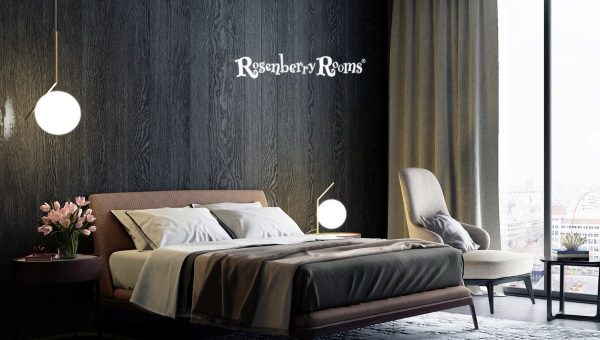
Now that we've outlined the basics of bedroom furniture selection, it's time to move on to further specifics. Here are 10 tips and tricks on how to mix and match bedroom furniture for a cohesive look:
Mixing and matching bedroom furniture requires a thoughtful approach to create a cohesive and visually appealing space. One essential tip is to choose a unifying element, which can be a color, style, or texture.
This element is a common thread that ties the various furniture pieces together. For example, you can incorporate a specific color scheme into different aspects like bedding, curtains, and decorative accessories.
Alternatively, you can focus on a particular style, ensuring each furniture item shares similar design elements or characteristics.
Another option is to unify the room through textured materials that provide a consistent tactile feel.
By consciously selecting and incorporating a unifying element, you establish a visual connection among the furniture pieces, resulting in a harmonious and well-curated bedroom.
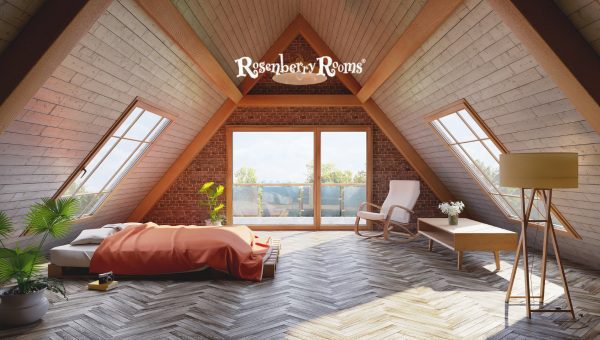
Starting with a focal point is crucial in mixing and matching bedroom furniture. By establishing a focal point, you can create a strong visual anchor for the room and build the rest of the design around it.
The bed is often the natural choice for a focal point in a bedroom. As the largest and most prominent piece of furniture, it serves as the centerpiece and sets the overall tone and style of the space.
Once you have selected the focal point, you can choose other furniture pieces that complement and enhance its presence.
You provide a clear starting point for your design process by beginning with a focal point. You can select a bed with a distinctive headboard, unique upholstery, or an eye-catching frame to make it stand out.
This focal point becomes the centerpiece of the room, and the rest of the furniture items can be chosen to support and enhance its style and aesthetic.
For example, suppose you have a bed with intricate detailing or a bold design. In that case, you may opt for more understated nightstands and dressers that do not compete for attention but provide a complementary backdrop.
On the other hand, if your bed has a minimalist and sleek design, you might choose bedside tables and other furniture items that align with that aesthetic.
Mixing styles strategically for bedroom furniture involves combining different design styles purposefully and thoughtfully.
Instead of adhering strictly to one particular type, intentionally blending different types can create a visually exciting and unique aesthetic in your bedroom. Here's an explanation of how to mix styles strategically:
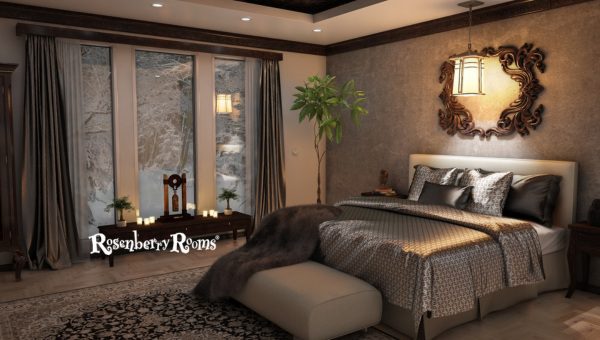
To mix and match bedroom furniture, it's vital to coordinate the finishes of your furniture pieces. This means choosing finishes that go well together to achieve a unified and seamless appearance. Follow these tips to coordinate finishes like a pro:
Playing with scale in your bedroom furniture arrangement involves intentionally varying the sizes of furniture items to create visual interest and add depth to the overall design.
Mixing taller pieces with shorter ones allows you to achieve a dynamic arrangement that catches the eye. Here are some critical considerations for effectively utilizing scale:
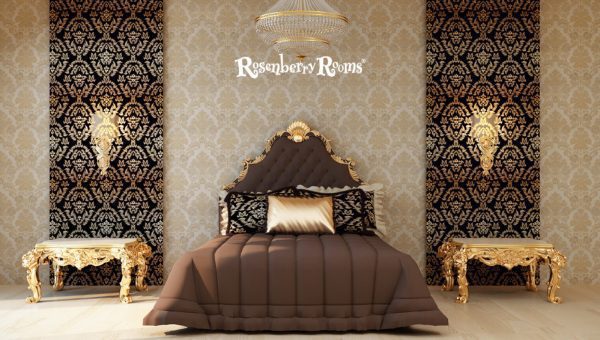
Incorporating a variety of textures in your bedroom furniture and decor can add a layer of richness and tactile appeal to the overall design.
Mixing different textures creates depth and visual interest in the room. Here is a different way to explain how to try out different textures:
It is crucial to prioritize functionality when combining different pieces of bedroom furniture. Each item should have a specific role and enhance the overall usability of the room. The following guidelines explain how to give importance to functionality:
Maintaining a consistent color palette is vital when blending various bedroom furniture pieces to establish a unified and aesthetically pleasing environment.
By adhering to a harmonious range of colors, you can guarantee that the furniture items harmonize with one another and enhance the overall motif of the room. Here is an elucidation of how to effectively employ a consistent color palette:
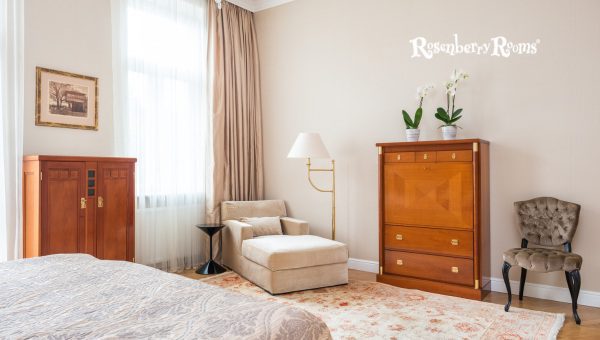
Incorporating layers of accessories presents a beautiful opportunity to unite diverse furniture pieces in your bedroom.
Items like decorative pillows, rugs, curtains, and artwork can elevate the overall visual appeal and establish a coherent appearance.
Here is an explanation of how to skillfully utilize accessories to enhance the design of your bedroom:
Trusting your instincts and embracing your personal style is key to successfully mixing and matching bedroom furniture.
While it's important to consider design principles and guidelines, it's equally important to let your preferences and intuition guide you.
Here's an explanation of why trusting your instincts and personal style is crucial:
Reflect your personality: Your bedroom should reflect your personality and a space where you feel comfortable and at ease. Trusting your instincts allows you to infuse your style into the design, creating a space that feels authentic to who you are.
Find what resonates with you: Design trends and rules can be helpful, but they are not set in stone. Your style might not align with the current trends, and that's perfectly fine. Trusting your instincts means exploring different combinations of furniture pieces until you find a mix that resonates with your taste and makes you happy and satisfied.
Create a unique space: Following your instincts allows you to create a unique and individualized bedroom. It's an opportunity to showcase your creativity and create an outstanding space. Don't be afraid to mix different styles, colors, or textures if they speak to you and create a special and unique space.
Mixing and matching bedroom furniture adds visual interest and personality to your space. It allows you to create a unique and customized look that reflects your style while avoiding a cookie-cutter appearance.
Maintain a consistent color scheme or palette throughout the room, select furniture pieces with clean lines, and avoid overly ornate designs.
No, it's unnecessary for all the furniture pieces to match exactly. Having some variation in colors, textures, or styles can add visual interest and create a more dynamic and curated look.
You can find inspiration from interior design magazines, online platforms like Pinterest and Instagram, or by visiting furniture showrooms. Observing different styles in hotels, boutique accommodations, or even friends' homes can provide ideas for creative furniture combinations.
Mastering mixing and matching bedroom furniture allow you to create a truly personalized and cohesive space that reflects your style.
You can achieve a harmonious and visually appealing bedroom by following expert tips and guidelines, such as selecting pieces with a common element, balancing colors and proportions, and experimenting with different styles and materials.
Embrace the freedom to express your creativity and create a sanctuary that is aesthetically pleasing and a true reflection of your personality and preferences.
So, let your imagination soar, and embark on the journey of transforming your bedroom into a uniquely yours space.